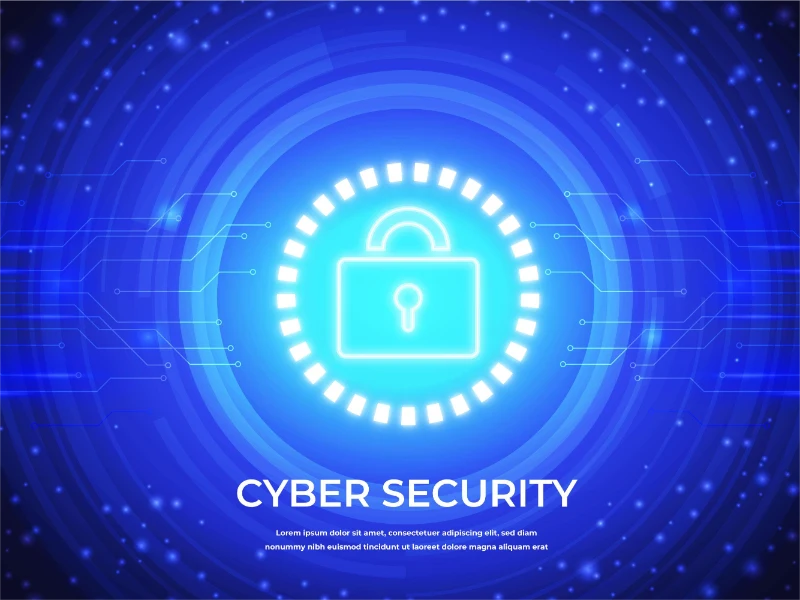- Cybersecurity refers to the efforts made to protect networks, systems, devices, and data from theft, damage, unauthorised access, and criminal use.
- Cybersecurity can protect personal information and sensitive data and prevent financial loss, and it works by implementing some measures.
This article will introduce the definition, importance and operating principles of cybersecurity.
Definition
Cybersecurity refers to the efforts made to protect networks, systems, devices, and data from theft, damage, unauthorised access, and criminal use. It covers a wide array of methods, technologies, and protocols aimed at protecting the confidentiality, integrity, and accessibility of online information.
Importance
Protecting personal information
One of the most important aspects of cybersecurity is protecting personal information. In an age marked by escalating incidents of identity theft and data breaches, individuals need to take proactive steps to shield their sensitive information. Employing cybersecurity measures such as robust passwords, biometric authentication, and safe browsing practices serves to mitigate the likelihood of personal data falling into the wrong hands.
Also read: What happens to your information after a data breach?
Also read: BGO to create Europe’s largest renewable-driven data centre
Protecting sensitive data
Many enterprises, governmental bodies, and individuals retain extensive quantities of private and sensitive information digitally, encompassing personal data, medical histories, proprietary knowledge, confidential business insights, and classified government information. Enforcing robust cybersecurity protocols can reduce the vulnerability to unauthorised access, disclosure, or tampering of such data by malicious entities.
Preventing financial loss
Cyberattacks can result in significant financial repercussions for both individuals and businesses. In 2022, an estimated 463 million individuals were victims of cybercrimes, with over half experiencing monetary losses, averaging $193 per affected US consumer. For businesses, cyberattacks can lead to even greater financial strains, causing operational disruptions, customer loss, revenue decline, and regulatory penalties. Take the 2013 Yahoo breach as an example. Hackers compromised data from three billion user accounts, necessitating the company to inform all users of the breach, garnering global attention. Moreover, the company also faced additional financial setbacks from lawsuits, regulatory probes, and government scrutiny stemming from the breaches.
Operating principles
Access control
It involves regulating who can access various resources like data, files, networks, systems, or physical spaces, as well as the actions they’re permitted to perform with those resources. Typically, a blend of technical and administrative controls, such as passwords, encryption, firewalls, and other security technologies, is employed to limit resource access. Additionally, policies, procedures, training, and other measures are used to manage access, monitor usage, and enforce security protocols.
Baseline configurations
They represent the most secure state a system can achieve while still meeting operational requirements and cost constraints. This may involve implementing the least amount of functionality, segmenting resources, and employing defence-in-depth strategies to mitigate risks. Developing and maintaining secure baseline configurations is integral to effective configuration management and overall cybersecurity efforts.
Security awareness and training
They are crucial due to the significant impact human error can have on cybersecurity. For instance, in 2023, 73% of data breaches were attributed to human factors, including errors, misuse of privileges, stolen credentials, or social engineering. It’s imperative to educate employees and individuals on security and privacy best practices to reduce the likelihood of cyberattacks both within organisational settings and in their personal lives.

